信息不对称视角下商业银行信贷风险控制研究
摘要信贷业务是商业银行的核心业务,信贷资产质量是商业银行核心竞争力的表现。我国商业银行对信贷风险问题日益重视,不良贷款率连年降低,但信贷风险依然是我国商业银行面临的最主要的风险。商业银行信贷风险产生的一个主要原因是商业银行与借款企业之间的信息不对称,企业作为贷款的使用者,对贷款的投资收益和风险了解较为充分,在贷款使用的过程中也容易产生违约行为,而商业对此却不能完全了解,所以借款企业与银行之间信息是不对称的,企业具有信息优势。借款企业与商业银行之间的信息不对称产生了贷款的逆向选择和道德风险问题,极易造成商业银行信贷决策失误和借款企业贷款使用违约,产生商业银行信贷风险。商业银行信贷风险的产生使得商...
相关推荐
-
我国基层财政困难的制度成因分析与对策研究VIP免费
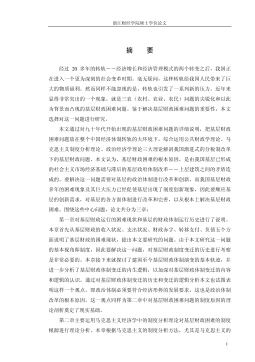
 2024-09-20 33
2024-09-20 33 -
我国煤电产业链纵向交易合约机制研究VIP免费
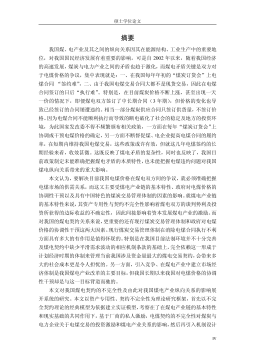
 2024-09-20 27
2024-09-20 27 -
生产要素视角下的上海市产业结构优化研究VIP免费
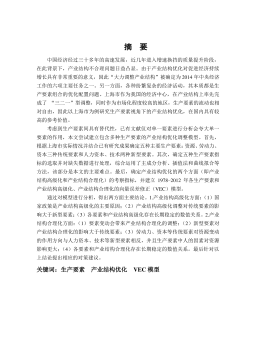
 2025-01-09 7
2025-01-09 7 -
我国银行业结构与经济结构关系研究VIP免费
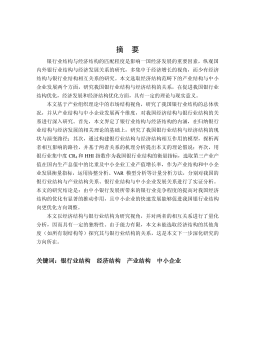
 2025-01-09 7
2025-01-09 7 -
大数据视角下农业供应链金融研究VIP免费

 2025-01-09 6
2025-01-09 6 -
跨国大型综合超市的规划研究VIP免费
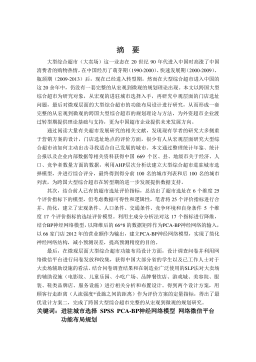
 2025-01-09 6
2025-01-09 6 -
跨境电商农产品质量安全问题研究VIP免费
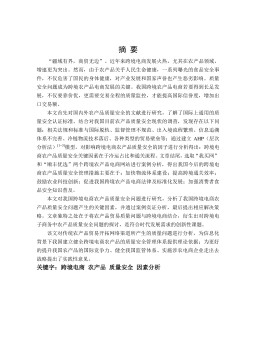
 2025-01-09 7
2025-01-09 7 -
世界市场的虚拟化与我国国际电子商务发展方向研究VIP免费
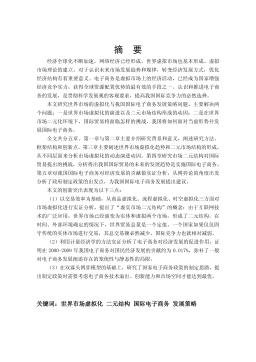
 2025-01-09 9
2025-01-09 9 -
中国政府对电力行业的价格规制问题研究VIP免费
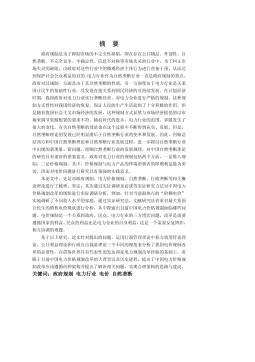
 2025-01-09 13
2025-01-09 13 -
中小企业信息化系统集成技术研究VIP免费

 2025-01-09 13
2025-01-09 13
相关内容
-

跨国大型综合超市的规划研究
分类:高等教育资料
时间:2025-01-09
标签:无
格式:PDF
价格:15 积分
-

跨境电商农产品质量安全问题研究
分类:高等教育资料
时间:2025-01-09
标签:无
格式:PDF
价格:15 积分
-

世界市场的虚拟化与我国国际电子商务发展方向研究
分类:高等教育资料
时间:2025-01-09
标签:无
格式:PDF
价格:15 积分
-

中国政府对电力行业的价格规制问题研究
分类:高等教育资料
时间:2025-01-09
标签:无
格式:PDF
价格:15 积分
-

中小企业信息化系统集成技术研究
分类:高等教育资料
时间:2025-01-09
标签:无
格式:PDF
价格:15 积分





